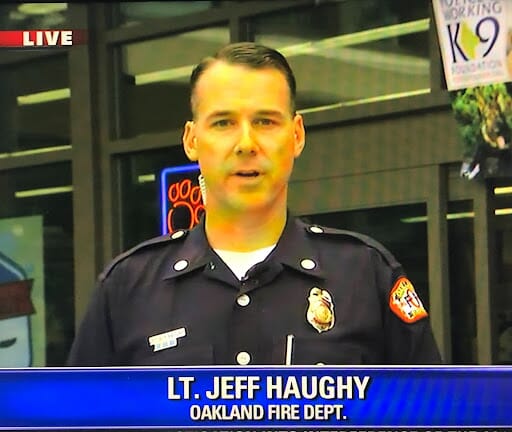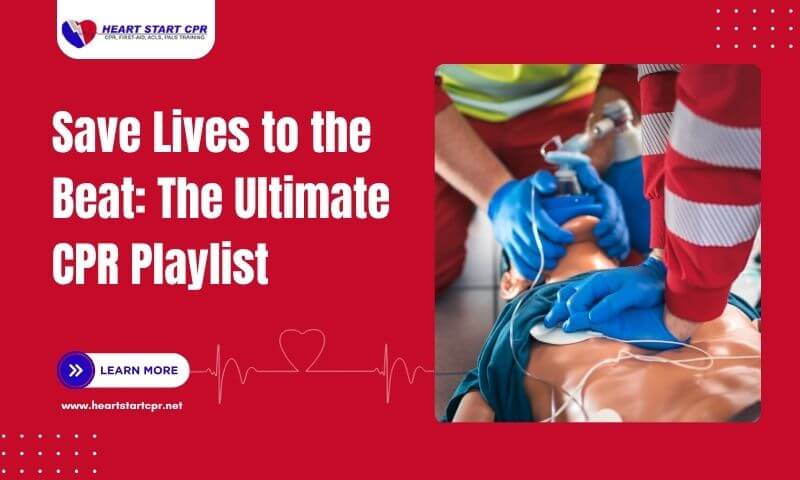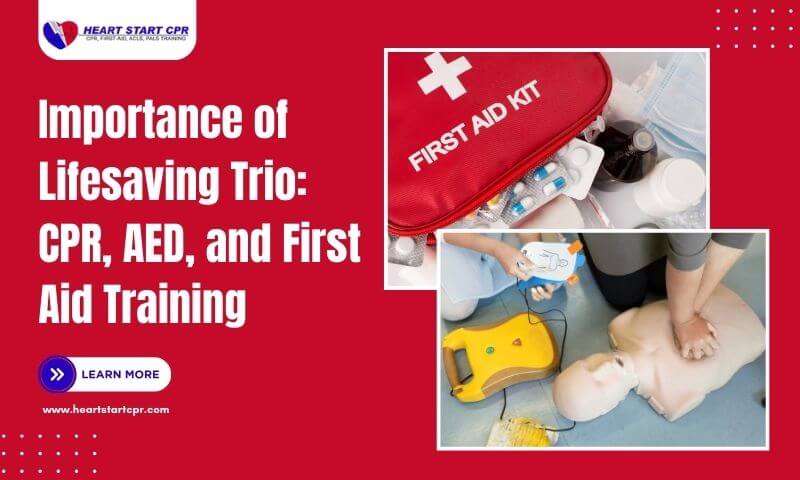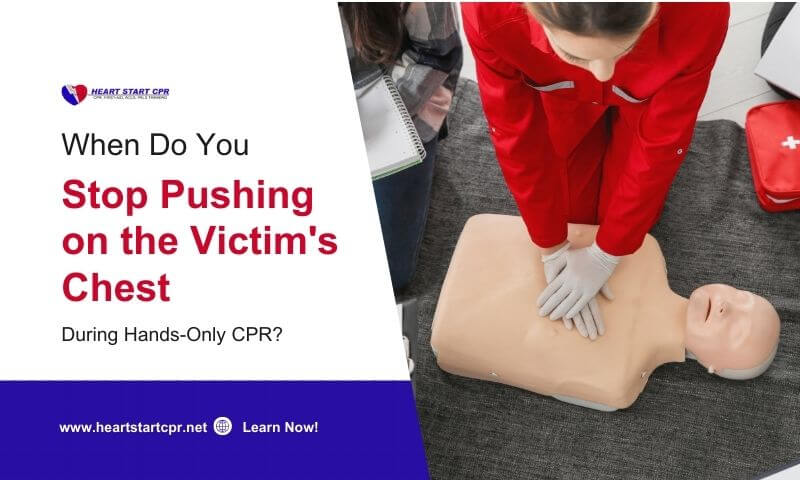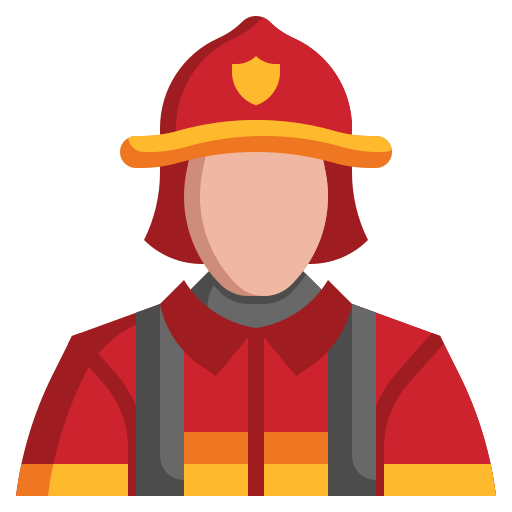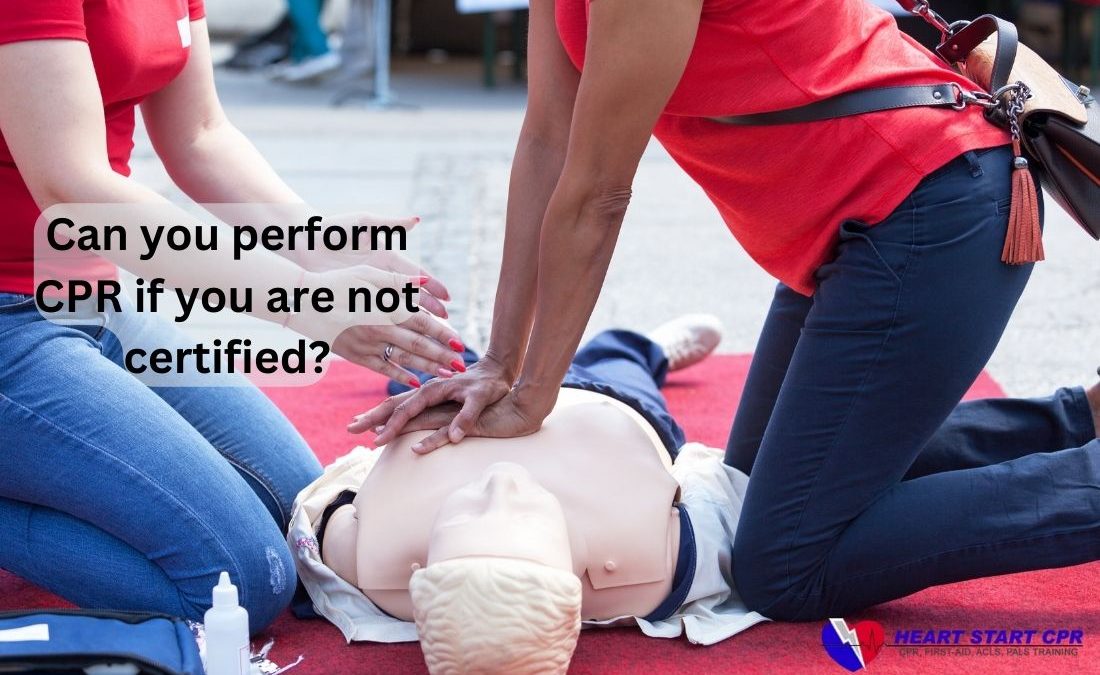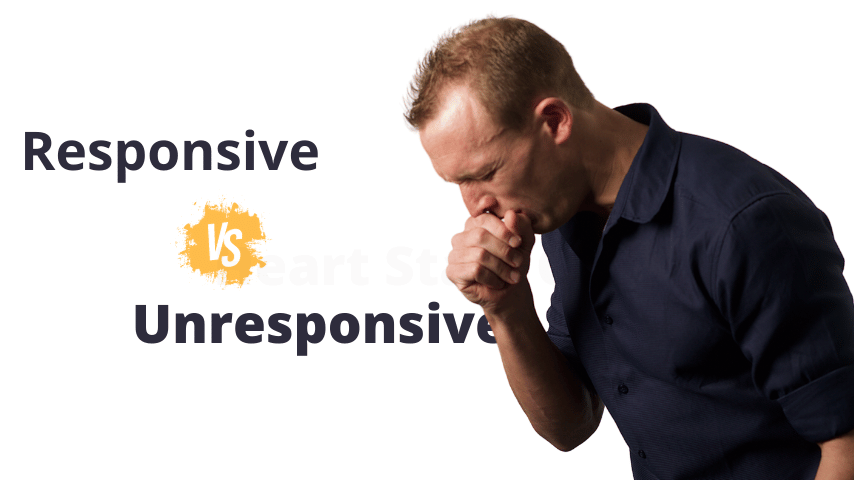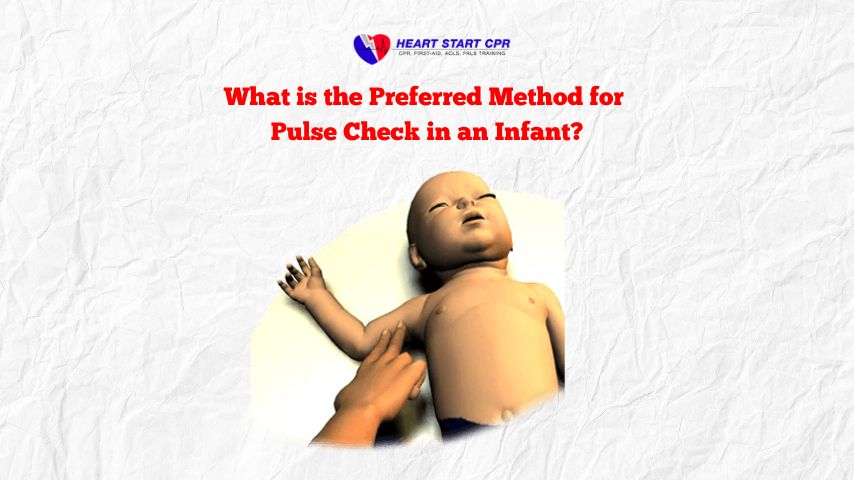Have you ever seen someone choking and not known what to do? The Heimlich Maneuver is a life-saving method used in emergencies. It is also called abdominal thrusts. This simple First Aid method quickly clears a blocked airway by creating an artificial cough. It can restore breathing quickly, preventing serious harm from a lack of oxygen. A strong push on the abdomen clears the blockage. It’s safe for adults and children, but should only be used on someone who is awake and can’t breathe or speak.
In this blog, you’ll learn how the Heimlich Maneuver works to save lives, when and how to perform it safely on adults, children, infants, and pregnant women, and tips for self-rescue. You’ll also discover when to avoid it and important precautions to stay safe during a choking emergency.
What is the Heimlich Maneuver?
The Heimlich Maneuver is an easy, life-saving first-aid technique used to help someone who is choking. Choking occurs when food, a toy, or another object blocks the throat and stops normal breathing. This is a serious emergency and can even be deadly. If you know what to do when someone is choking? Being ready to act fast can make all the difference in saving a life.
The Maneuver involves quick inward and upward thrusts on the abdomen, just above the navel, to push the object out. It’s simple to learn, works for both adults and children, pregnant women, and can be done by yourself or someone else. If you know how to perform the Heimlich Maneuver, you can stay calm and have the confidence to save a life during a choking emergency.
5 Benefits of Learning the Heimlich Maneuver
The Heimlich Maneuver helps a choking person by using the air left in their lungs to push out whatever is blocking their airway. This fast, life-saving first-aid method is essential for restoring breathing and preventing serious problems like brain damage or death. Some of the benefits of the Heimlich Maneuver are as follows;
1. Clears Airway Obstruction
The Heimlich Maneuver is a quick, life-saving action used to help someone who’s choking. When something blocks the windpipe, it stops air from moving in or out, making it hard to breathe. With fast, firm pushes on the belly, this move forces air from the lungs to push the object out and clear the airway.
When you know how to do the Heimlich Maneuver, you have an important skill that can save a life when every second matters. This simple technique quickly helps a person breathe again and can stop choking from becoming a serious emergency.
2. Restores Breathing
When the Heimlich Maneuver removes the blockage from a choking person’s airway, it allows them to breathe normally again. This quick action reverses the immediate danger of asphyxiation (the state or process of being deprived of oxygen). It prevents serious complications, giving the person a chance to recover safely after the choking.
When you quickly perform the Heimlich Maneuver, you can prevent serious health problems that come from a lack of oxygen. It gives the person the best chance to recover safely and avoid lasting damage from choking.
3. Prevents Brain Damage
The brain needs oxygen to work, and it can only last a few minutes without it. When someone is choking, their brain isn’t getting enough oxygen, which can cause serious harm very fast. When you perform the Heimlich Maneuver quickly helps clear the blockage and gets air flowing back into the lungs.
This allows oxygen-rich blood to reach the brain just in time, and prevents long-term damage or life-threatening problems. Acting fast with the Heimlich Maneuver can protect the brain and save a person’s life.
4. Reduces Risk of Death
When someone is choking, every second counts. Acting quickly can be the difference between life and death. The Heimlich Maneuver is a fast and effective way to clear the blockage and help the person breathe again.
While you use this technique right away, you can stop the situation from getting worse or turning into a life-threatening emergency. When you perform the Heimlich Maneuver correctly, you can save lives and reduce the risk of serious injury or death.
5. Empowers Bystanders
The Heimlich Maneuver is a simple skill that anyone can learn, even without medical training. It’s easy to remember and apply in a real situation, which makes it a powerful tool for bystanders to help someone who’s choking.
When you know how to do the Heimlich Maneuver, you feel confident to help right away during a choking emergency. While quick action with this technique can make a big difference, it can also save a life.
While learning and performing the Heimlich Maneuver, you equip yourself to act quickly, protect lives, and make a real difference in an emergency.
Recognizing the Choking Sign Before Performing the Heimlich Maneuver
When you are going to perform the Heimlich Maneuver, you must know about choking. Choking is a serious emergency that requires immediate action. If a person can still breathe, cough, or talk, the airway is only partly blocked. But if they can’t do any of these, the airway is completely blocked, and it’s very serious.
It occurs when a piece of food, an object, or a liquid blocks the throat. Children choke when a foreign object gets lodged in their mouths. Adults can choke from breathing in fumes or when eating too fast.
Signs of Choking:
- Clutching the throat
- Panic
- Ineffective cough
- Inability to talk, cry, and make noise
- Skin colour changes (bleuies or purples)
- Loss of consciousness
When you recognize these signs early, you can act quickly and perform life-saving steps like the Heimlich Maneuver.
Step-by-Step Guide to the Heimlich Maneuver for Choking Emergencies
The Heimlich Maneuver teaches how to help someone who is choking using back blows and abdominal thrusts to clear their airway. It also ensures making a call for help and starting CPR if the victim becomes unconscious. Some of the steps of performing the Heimlich Maneuver for choking emergencies are as follows:
Steps:
- Call 911 Right Away: If someone is choking, call 9-1-1 immediately to get emergency help. If there are others around, ask one person to call while another stays with the choking person.
- Assess the Situation: Examine the situation and find out if the person can talk, cough, or breathe. If they can cough, encourage them to keep coughing to clear the airway.
- Ensure Safety and Support: Before performing the Heimlich Maneuver, ensure the person is safe and supported. For children or infants, hold their bodies properly while giving back blows or abdominal thrusts.
- Give up to 5 Firm Back Blows: If the person can’t breathe, lean them forward and give up to 5 sharp blows between their shoulder blades using the heel of your hand. This can help push the blockage out.
- Get Ready for Abdominal Thrust: If back blows don’t work, stand behind the person, wrap your arms around their waist, and place a fist just above the belly button. Pull inward and upward quickly up to 5 times to clear the blockage.
- Keep Alternating Back Blows and Abdominal Thrusts: You have to keep giving 5 back blows, then 5 abdominal thrusts, until the blockage clears or help arrives. If the person passes out, start CPR if you know how to administer it.
How to Perform the Heimlich Maneuver for Infants, Children, Adults & Pregnant Women?
It is important to perform the Heimlich Maneuver during a choking emergency. It can save a life by clearing the blocked airway. It varies for infants, children, adults, as well as pregnant women. Here are the different processes of Heimlich Maneuver techniques based on the following aspects:
1. For Infant Choking (Under 1 Year Old)
The Heimlich Maneuver is not used for infants who are under 1 year old. Instead, you have to give 5 gentle back blows followed by 5 chest thrusts using your fingertips.
Steps to perform the Heimlich Maneuver for an infant:
- Place the infant face down on your forearm and support the head.
- Give up to 5 firm back blows between the shoulder blades.
- If the object isn’t cleared, turn the infant face up, support the head, and give up to 5 chest thrusts using your fingertips on the breastbone.
- Press about ½ to 1½ inches deep into the sternum.
- Continue alternating between back blows and chest thrusts until the object is expelled or the infant becomes unresponsive.
2. Choking Rescue for Young Children (1 Year Above)
For the children 1 year above, you need to use slightly different steps compared to an infant. To clear the blocked airway, you have to give 5 firm back blows followed by 5 quick abdominal thrusts.
Steps to perform a choking rescue for young children:
- Stand or kneel behind the child and bend them slightly forward.
- Give up to 5 firm back blows between the shoulder blades using the heel of your hand.
- If the object remains stuck, wrap your arms around the child’s abdomen, place a fist just above the navel, and grasp it with your other hand.
- Give up to 5 quick inward and upward abdominal thrusts.
- Repeat back blows and abdominal thrusts until the object is removed.
3. An Adult Choking Rescue
When an adult is choking, quick action can save their life. The Heimlich Maneuver uses abdominal thrusts to force out the blocked object. If that doesn’t work, back blows are applied until the airway clears or medical help arrives.
Steps to Perform Adult Choking Rescue:
- Stand behind the choking person and wrap your arms around their waist.
- Make a fist and place it just above the belly button, below the ribs.
- Grab your fist with your other hand and give quick, inward, and upward thrusts to push air out of the lungs.
- Repeat these abdominal thrusts up to 5 times or until the object is expelled.
- If the person still can’t cough, speak, or breathe, alternate 5 back blows between the shoulder blades with 5 abdominal thrusts until help arrives.
- If the blockage doesn’t clear quickly, call emergency services immediately.
4. Choking First Aid for Pregnancy
For a pregnant woman who is choking, abdominal thrusts should be avoided to prevent harm to the baby. Instead, you can use back blows and chest thrusts until the airway is cleared or professional help arrives.
Steps to Perform Choking First Aid for a Pregnant Woman:
- Check if she is choking and whether she can cough or speak.
- If she cannot clear the blockage, give up to 5 firm back blows between her shoulder blades.
- If the object remains stuck, give 5 chest thrusts by placing your fist in the centre of her chest and pushing inward firmly.
- Alternate between 5 back blows and 5 chest thrusts until the object is expelled or help arrives.
- If the blockage doesn’t clear quickly or she becomes unconscious, call emergency services immediately.
Learn the Heimlich Maneuver and Save Lives Confidently
When someone can’t breathe due to a blocked airway, quick action can save a life. The Heimlich Maneuver is an easy, life-saving method that helps clear a blocked airway using firm pushes on the belly, and back or chest thrusts when needed. It works for infants, children, adults, and pregnant women. Learning the essential steps helps you respond quickly and confidently in any choking emergency.
Ready to save lives with confidence? We are Heart Start CPR, an AHA-certified training centre, offering hands-on courses in CPR, First Aid, BLS, ACLS, and PALS for all skill levels. Learn the Heimlich Maneuver for adults, children, infants, and even yourself, and be prepared to act quickly in any emergency.
Enroll today and gain the knowledge, skills, and confidence to save lives during a choking emergency!
FAQs
1. Why is It No Longer Called the Heimlich Maneuver?
The Heimlich Maneuver, called “Abdominal Thrust”, because studies showed back blows and chest thrusts were equally effective for choking, and potentially safer. The organisation also wanted to dissociate from Dr. Heimlich’s controversial stance against back blows and his questionable testing methods for the maneuver.
2. Is the Heimlich Maneuver Still Recommended?
Yes, the Heimlich Maneuver is still recommended for conscious children, adults, and pregnant women who can’t speak, breathe, or cough. However, for infants who are under 1 year old, back blows and chest thrust is recommended.
3. Is Heimlich Maneuver CPR?
No, the Heimlich Maneuver is not CPR. They have a distinct procedure for different purposes, where the Heimlich Maneuver is used for choking emergencies to clear the airway. On the other hand, CPR is performed for a cardiac emergency to restart the heart and lungs when someone has cardiac arrest.
4. What Should I Do if the Heimlich Maneuver Fails?
If the Heimlich Maneuver fails to clear the airway and the person is still choking, call emergency services immediately. If the person becomes unconscious, begin Cardiopulmonary Resuscitation (CPR).
5. Are There Alternatives to the Heimlich Maneuver?
Yes. Alternatives to the Heimlich Maneuver include first aid methods such as back blows and chest thrusts, and in certain situations, anti-choking suction devices like LifeVac or Dechoker are also available.

